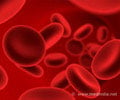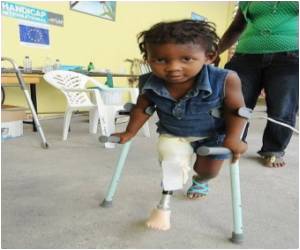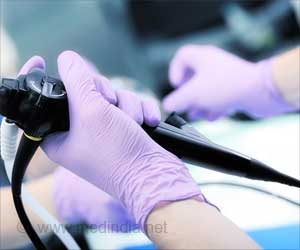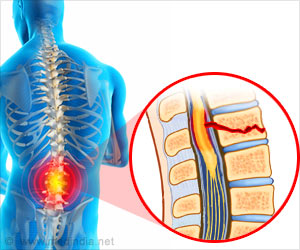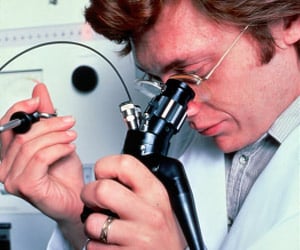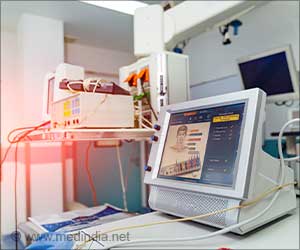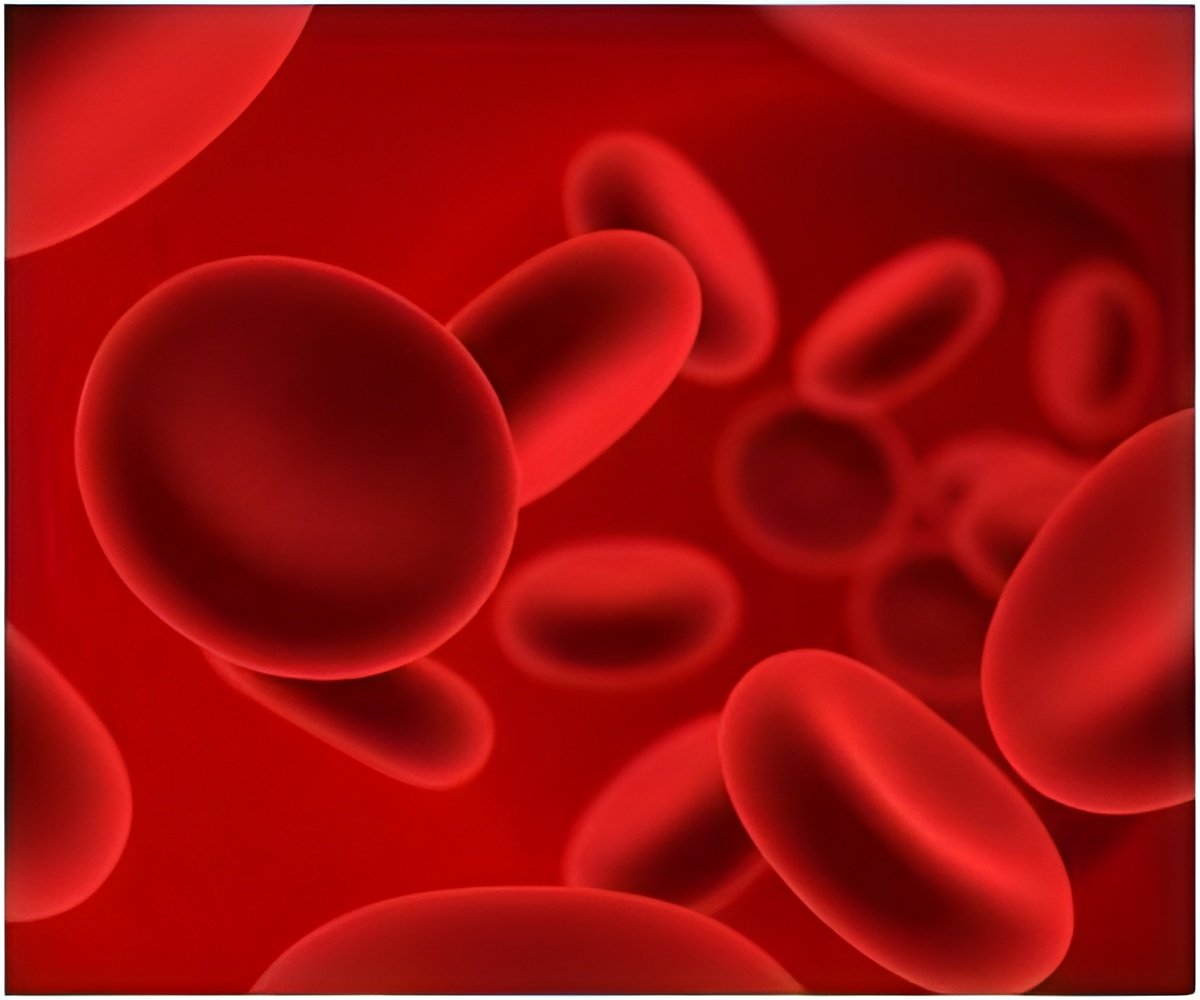
"Such devices could revolutionize medical technology," said Poon. "Applications include everything from diagnostics to minimally invasive surgeries."
Certain of these new devices, like heart probes, chemical and pressure sensors, cochlear implants, pacemakers, and drug pumps, would be stationary within the body. Others, like Poon's most recent creations, could travel through the bloodstream to deliver drugs, perform analyses, and perhaps even zap blood clots or removing plaque from sclerotic arteries.
Challenged by power
The idea of implantable medical devices is not new, but most of today's implements are challenged by power, namely the size of their batteries, which are large, heavy and must be replaced periodically. Fully half the volume of most of these devices is consumed by battery.
"While we have gotten very good at shrinking electronic and mechanical components of implants, energy storage has lagged in the move to miniaturize," said co-author Teresa Meng, a professor of electrical engineering and of computer science at Stanford. "This hinders us in where we can place implants within the body, but also creates the risk of corrosion or broken wires, not to mention replacing aging batteries."
Advertisement
Upending convention
Advertisement
For fifty years, scientists have been working on wireless electromagnetic powering of implantable devices, but they ran up against mathematics. According to the models, high-frequency radio waves dissipate quickly in human tissue, fading exponentially the deeper they go.
Source-Eurekalert


